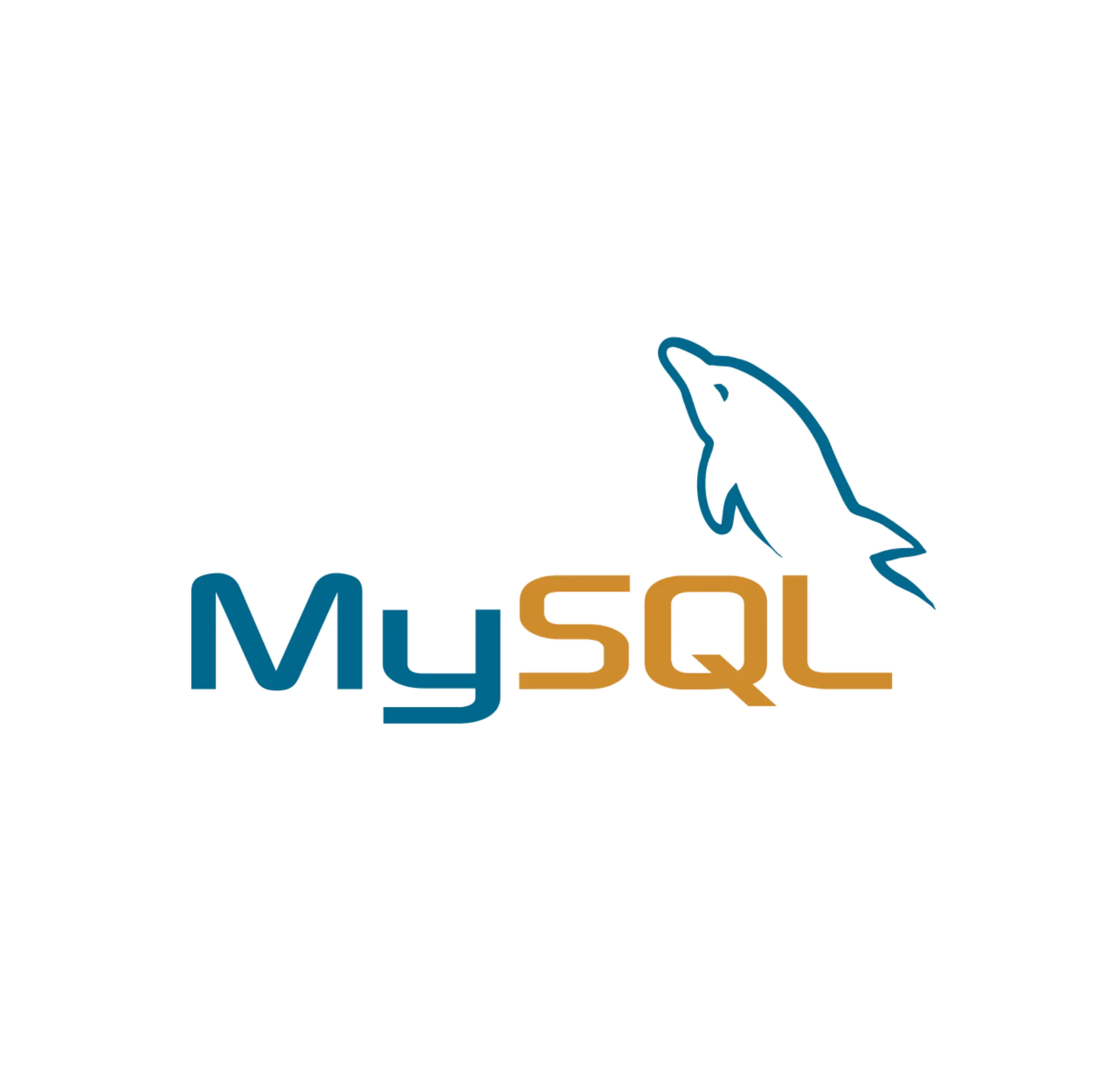
Structured Query Language (SQL) is a powerful tool for managing data in relational databases, including popular systems like MySQL, Postgres, Oracle, SQL Server, and others.
By using SQL statements, developers can easily perform various functional database operations like data creation, updates, and deletions.
As data volumes and technology complexity increase, optimizing MySQL databases is crucial for delivering a seamless end-user experience and reducing infrastructure costs.
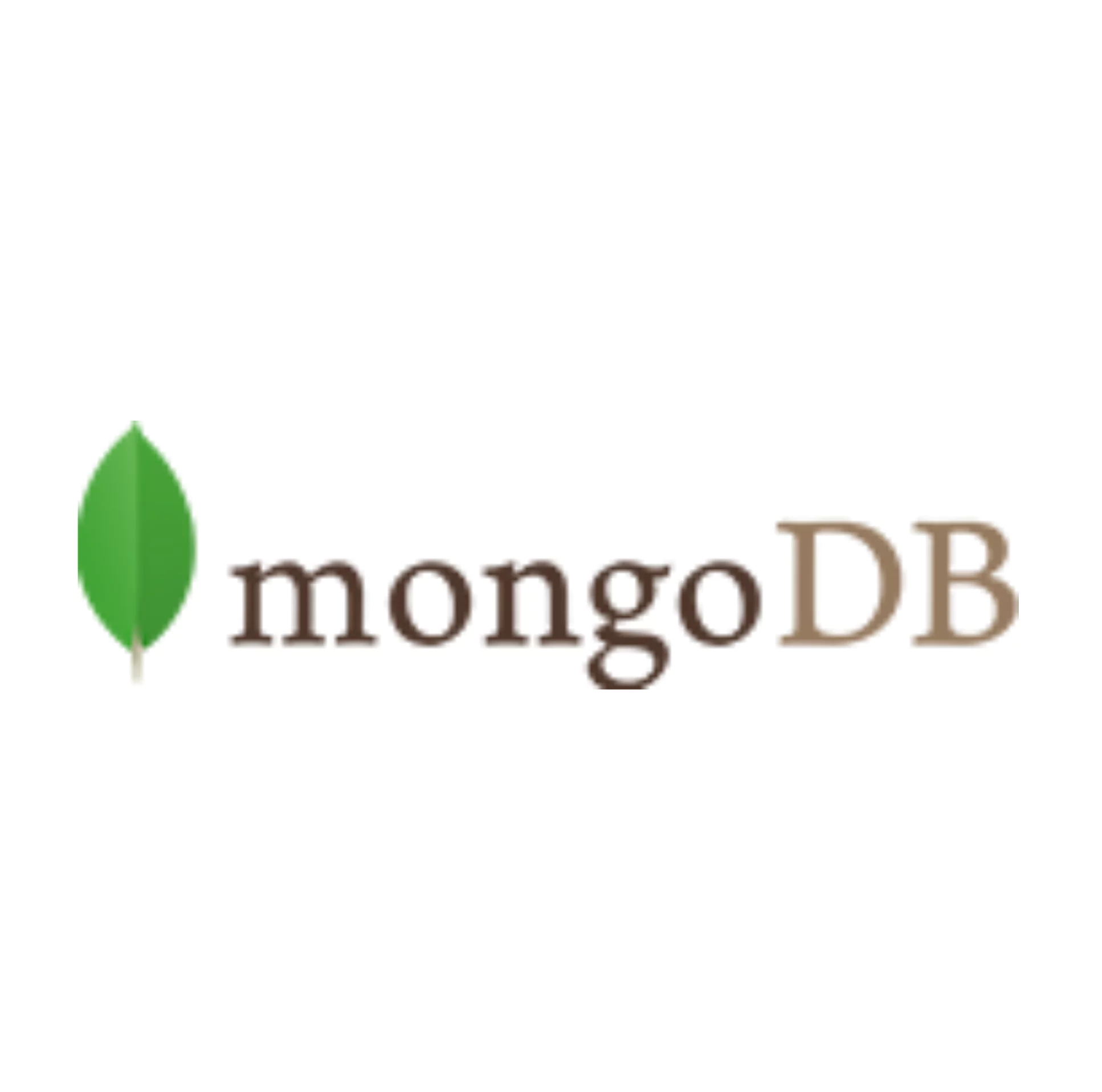
MongoDB is built on a scale-out architecture that has become popular with developers of all kinds for developing scalable applications with evolving data schemas.As a document database, MongoDB makes it easy for developers to store structured or unstructured data. It uses a JSON-like format to store documents.
1. The Power of Document-Oriented Databases.
2. Developer User Experience.
3. Scalability and Transnationality.
4. Platform and Ecosystem Maturity.
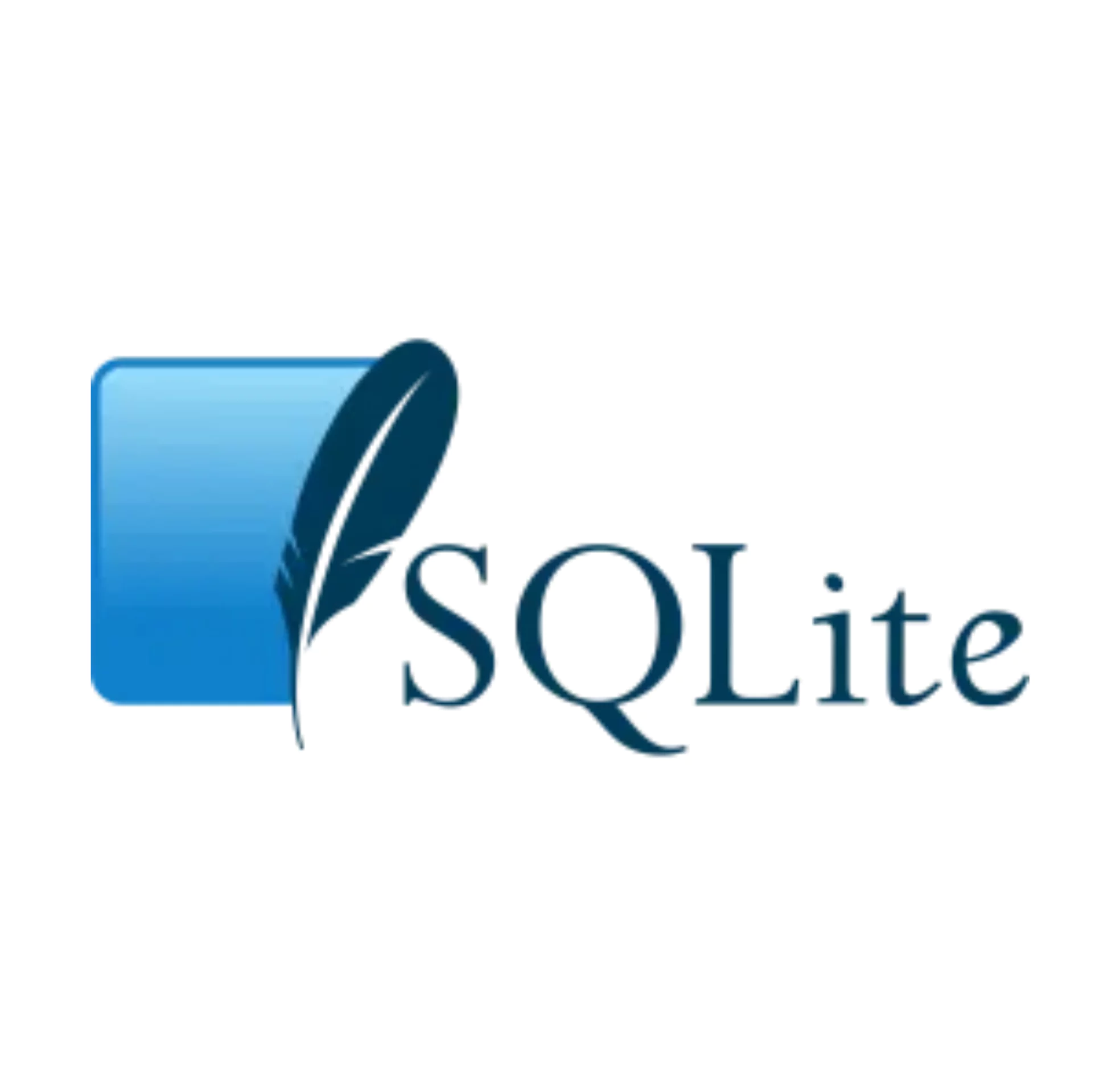
This SQLite tutorial teaches you everything you need to know to start using SQLite effectively. In this tutorial, you will learn SQLite step by step through extensive hands-on practice.
This SQLite tutorial is designed for developers who want to use SQLite as the back-end database or to manage structured data in applications, including desktop, web, and mobile apps;
SQLite is an open-source, zero-configuration, self-contained, stand-alone, transaction relational database engine designed to be embedded into an application.
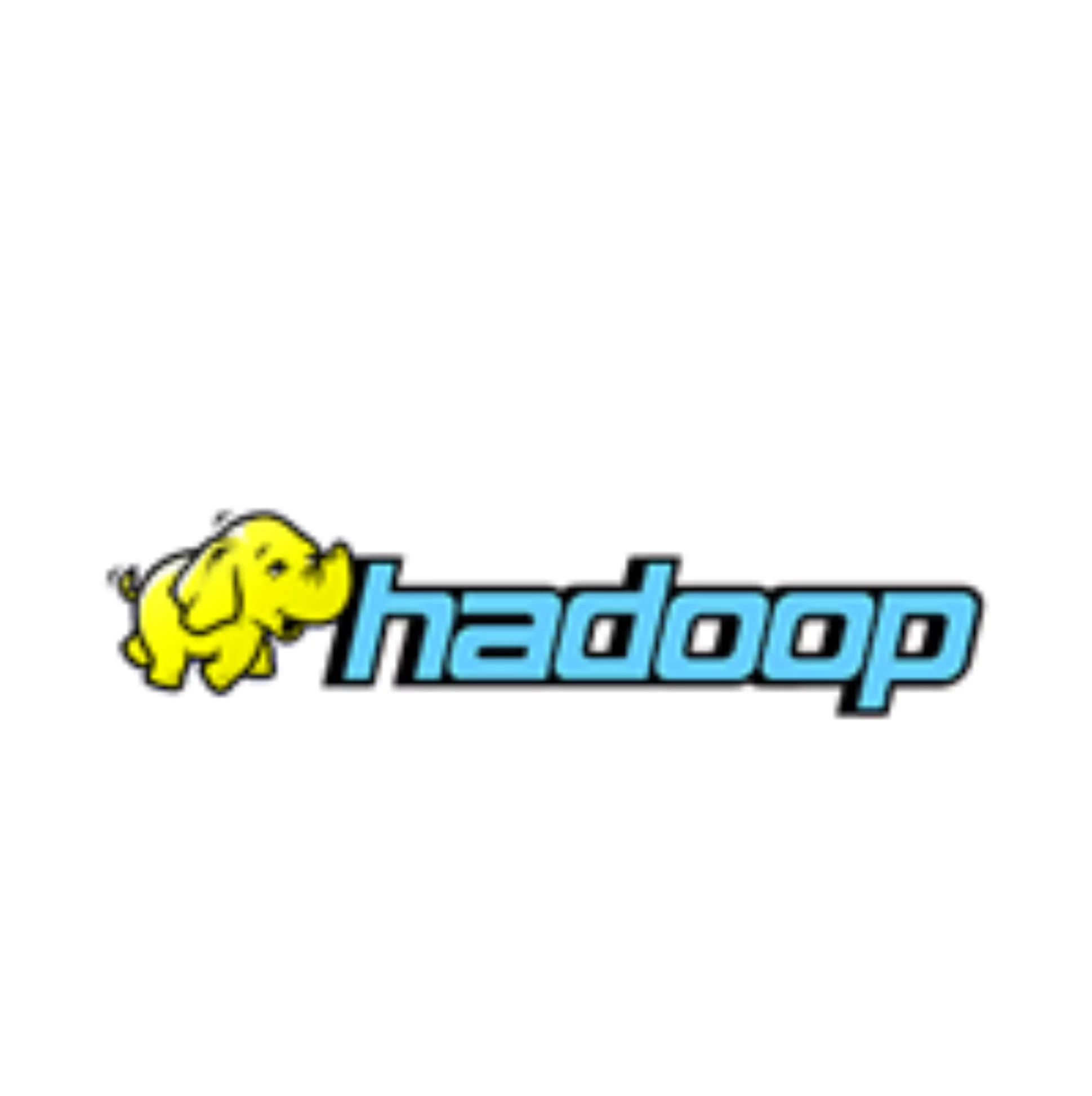
Hadoop is an open source framework. It is provided by Apache to process and analyze very huge volume of data.
It is written in Java and currently used by Google, Facebook, LinkedIn, Yahoo, Twitter etc.
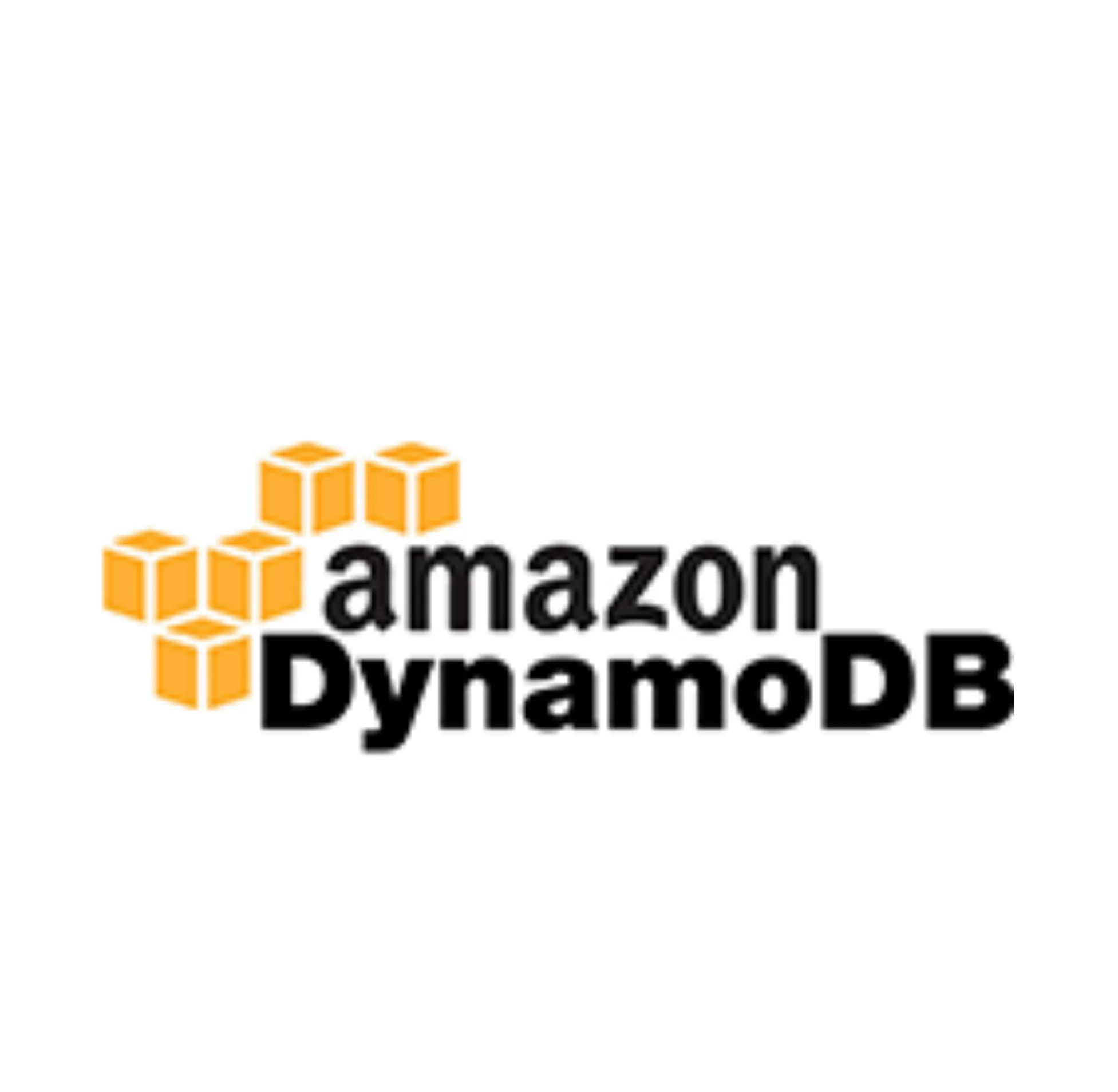
Amazon DynamoDB is a fully managed, multi-region, key-value, durable database with built-in security that delivers single-digit millisecond performance at any scale.
DynamoDB can handle more than 10 trillion requests per day and can support peaks of more than 20 million requests per second.
DynamoDB reflects a paradigm shift from relational databases in terms of management, usage, and schema design, and that’s why more business are choosing it for their application’s database needs.